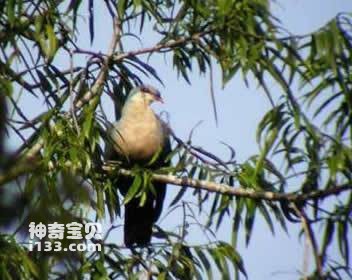
Gymnophaps solomonensis
Gymnophaps solomonensis,Pale Mountain-pigeon
Solomon's Mountain dove is known as Gymnophaps solomonensis and Pale Mou···
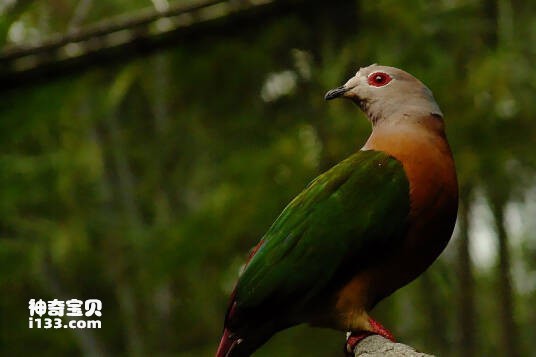
Gymnophaps albertisii
Gymnophaps albertisii
Gymnophaps albertisii is not known.Listed in the International Union for Con···
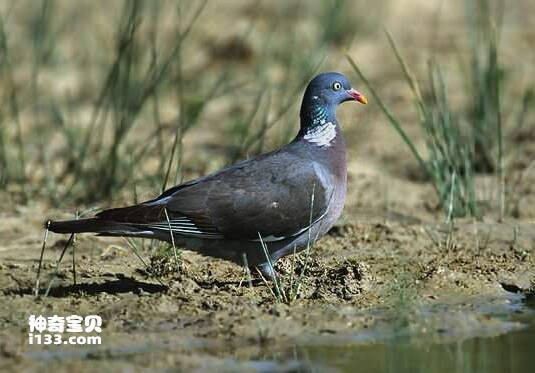
Gymnophaps mada
Gymnophaps mada,Long-tailed Mountain-pigeon
Its scientific name is Gymnophaps mada, and its foreign name is Long-tailed ···

Lopholaimus antarcticus
Lopholaimus antarcticus,Topknot Pigeon
The turtle's scientific name is Lopholaimus antarcticus The Topknot Pige···
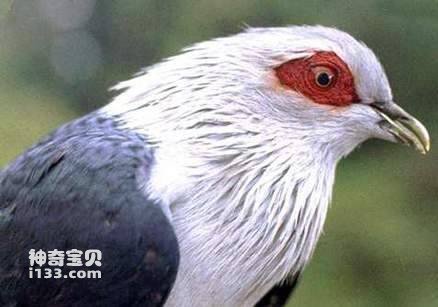
Alectroenas sganzini
Alectroenas sganzini,Comoro Blue-pigeon
The Blue pigeon of the Comoros is known as Alectroenas sganzini or Comoro bl···
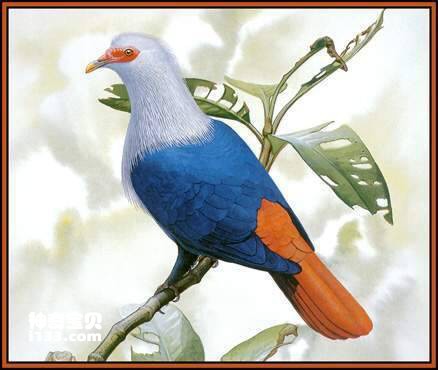
Alectroenas pulcherrima
Alectroenas pulcherrima
The scientific name of the red-crested blue dove is Alectroenas pulcherrima,···

Alectroenas nitidissima
Alectroenas nitidissima
The Mauritius Blue dove (Alectroenas nitidissima), also known as the Falklan···
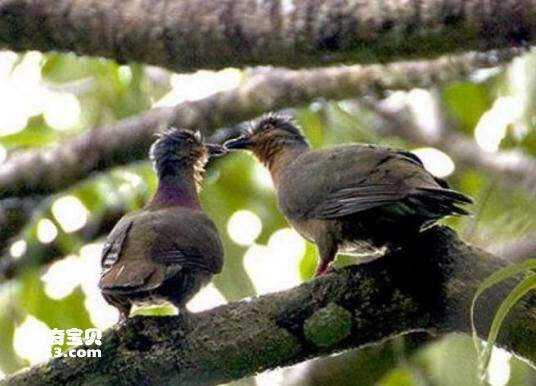
Phapitreron cinereiceps
Phapitreron cinereiceps,Tawitawi Brown Dove
The habits of Tawitawi Brown Dove (Phapitreron cinereiceps) are unknown.List···
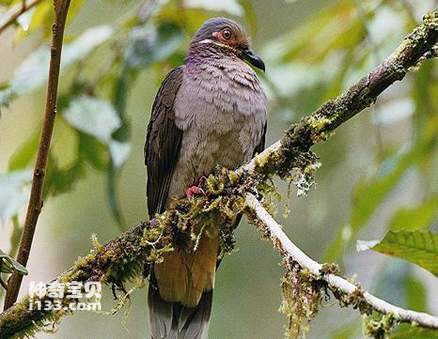
Phapitreron amethystina
Phapitreron amethystina,Amethyst Brown-dove
Phapitreron amethystina, also known as Amethyst Brown-dove, is unknown.Liste···
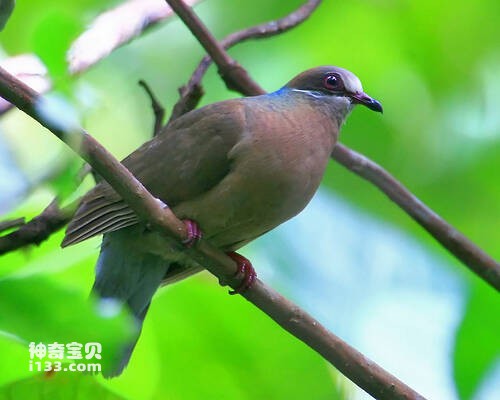
Phapitreron leucotis
Phapitreron leucotis,White-eared Brown-dove
Phapitreron leucotis and White-eared Brown-dove are unknown.Listed in the In···
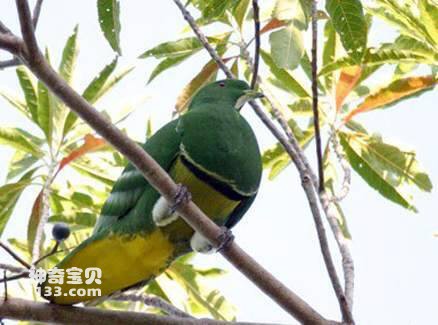
Drepanoptila holosericea
Drepanoptila holosericea,Cloven-feathered Dove
Its scientific name is Drepanoptila holosericea, and its foreign name is Clo···
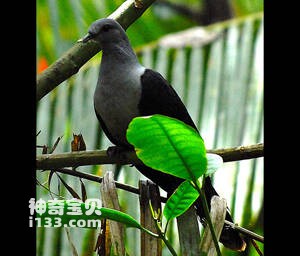
Cryptophaps poecilorrhoa
Cryptophaps poecilorrhoa,Sombre Pigeon
The scientific name Cryptophaps poecilorrhoa, Sombre Pigeon, is unknown.List···
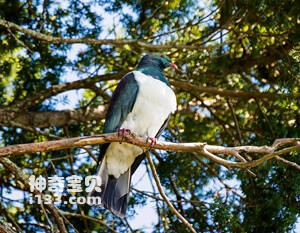
Hemiphaga novaeseelandiae
Hemiphaga novaeseelandiae,New Zealand Pigeon
新西兰鸠(学名:Hemiphaga novaeseelandiae)外文名New Zealand Pigeon,有3个亚···
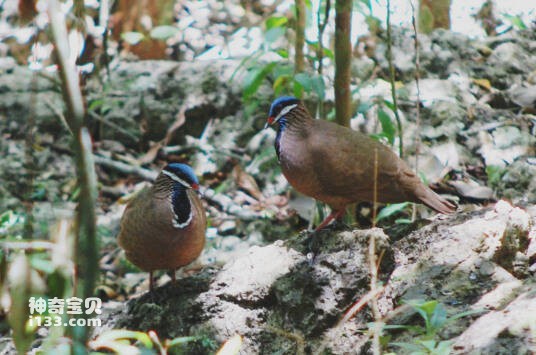
Starnoenas cyanocephala
Starnoenas cyanocephala,Blue-headed Quail-dove
Its scientific name is Starnoenas cyanocephala, and its foreign name is Blue···
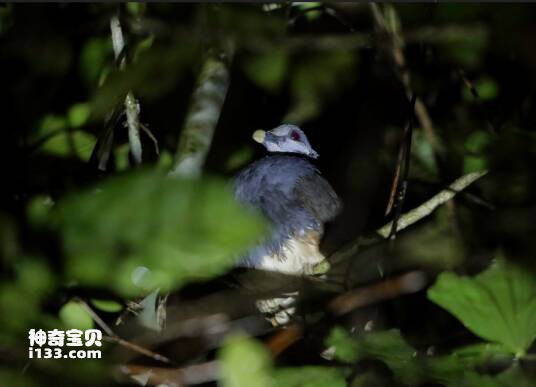
Trugon terrestris
Trugon terrestris,Thick-billed Ground Pigeon
Gallicolumba salamonis is an extinct species of pigeon. Little is known abou···
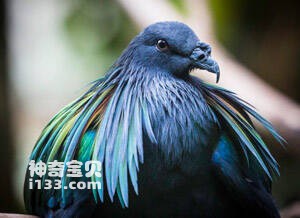
Caloenas nicobarica
Caloenas nicobarica,Nicobar Pigeon,Nicobar Dove,Paloma de Nicobar
Caloenas nicobarica has two subspecies: Nicobar Pigeon, Nicobar Dove, and Pa···
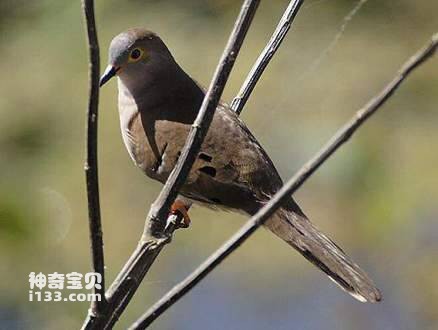
Uropelia campestris
Uropelia campestris,Long-tailed Ground-dove
Uropelia campestris and Long-tailed Ground-dove are unknown.Listed in the In···
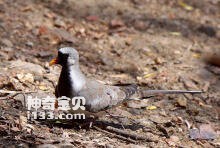
Oena capensis
Oena capensis,Namaqua Dove
Its scientific name is Oena capensis and its foreign name is Namaqua Dove.Li···
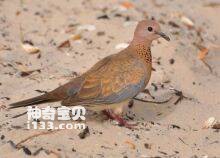
Spilopelia senegalensis
Spilopelia senegalensis,
The brown turtle dove (Spilopelia senegalensis) has six subspecies and is a ···
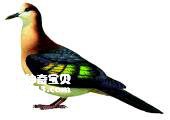
Henicophaps foersteri
Henicophaps foersteri,New Britain Bronzewing
The species is known as Henicophaps foersteri and New Britain Bronzewing.Lis···
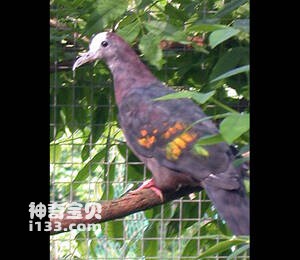
Henicophaps albifrons
Henicophaps albifrons
White-topped ground pigeons are known as Henicophaps albifrons and their spe···
